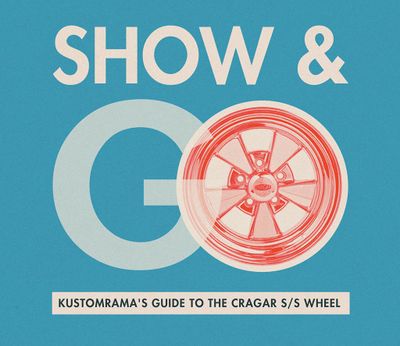Show & Go - Kustomrama's Guide to the Cragar S/S Wheel




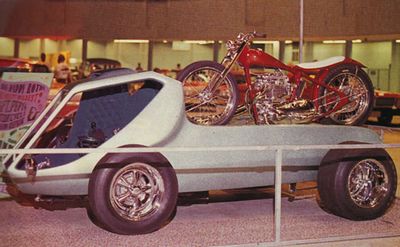
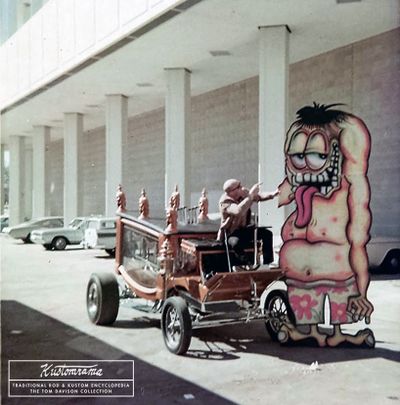
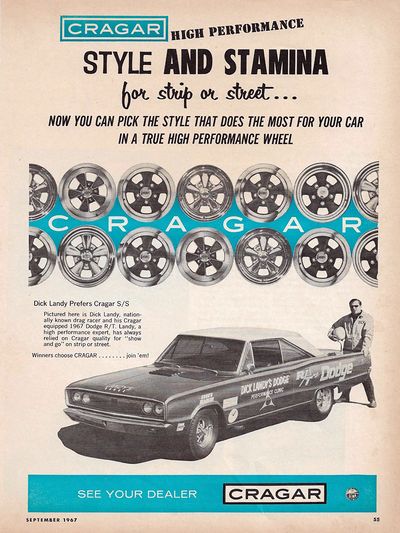
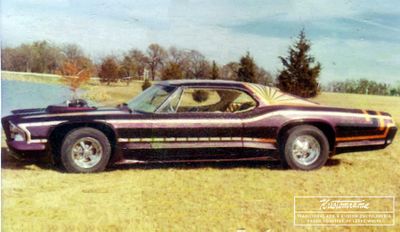
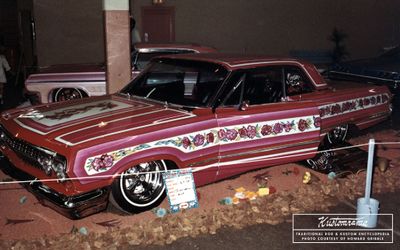
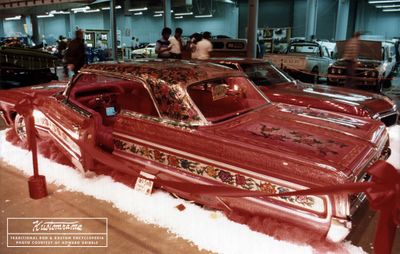
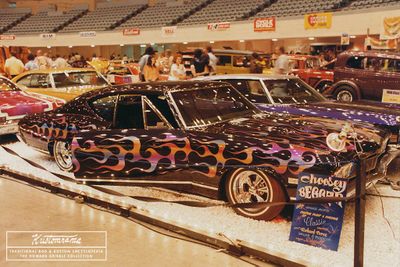

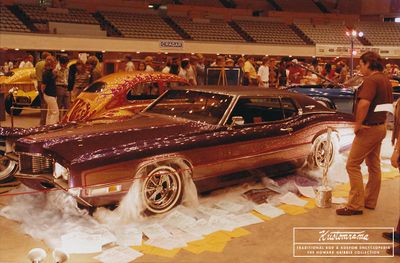

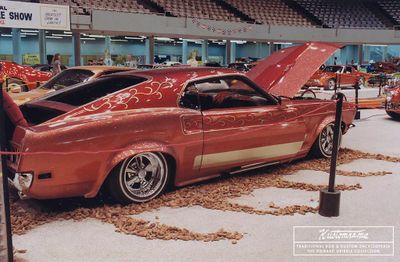
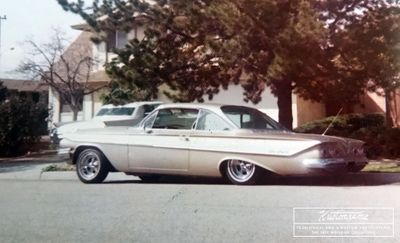
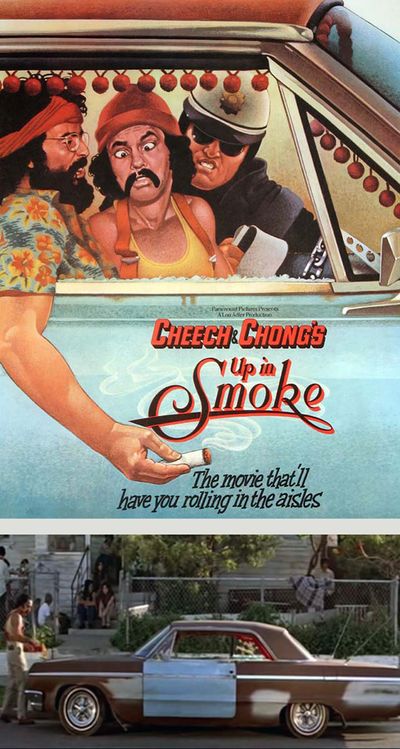
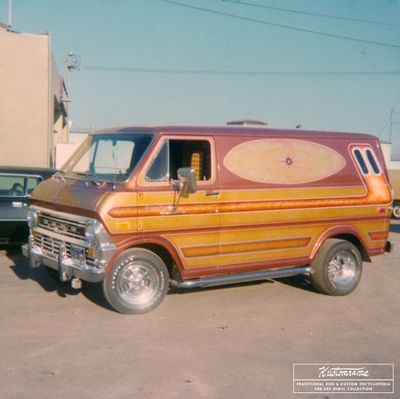


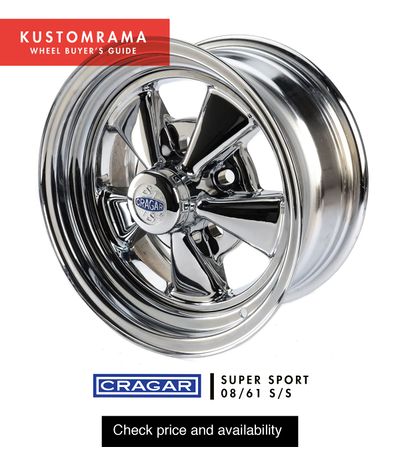



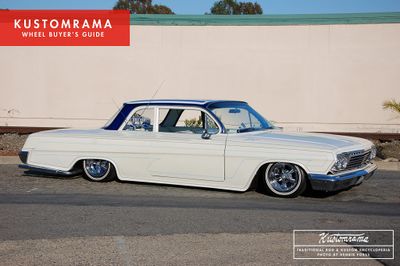
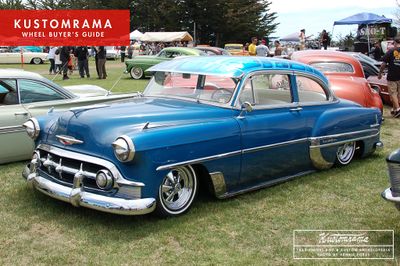
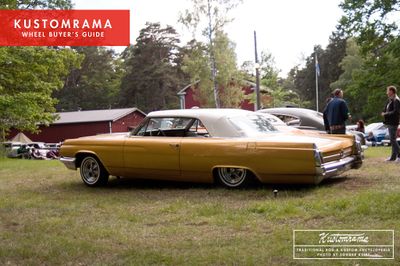
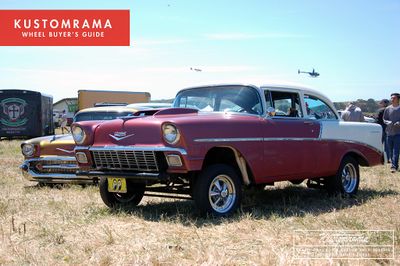



Guides, Reviews & Recommendations
BOOM! In 1964 the Cragar S/S rocket thundered off from the headquarters of Bell Auto Parts in Southern California. It was a major blast, and nobody knew back then how long the mission would last. A year, a season, or maybe a decade?
Contents
- 1 No shortcuts, please
- 2 Seek to understand and don' try to reinvent the wheel
- 3 Adventure. How it all began
- 4 The iconic five-spoke design
- 5 The first die-cast aluminum wheel on the market
- 6 Booming business
- 7 The world's fastest wheel
- 8 But, the wheels were not only designed to go fast. Far from it
- 9 Lowriders
- 10 ...and vans, of course
- 11 Cragar S/S in pop culture
- 12 Series 08/61 S/S or Series 61C S/S?
- 13 I want to join the fun, and strive for excellence!But, where can I buy Cragar S/S wheels today?
No shortcuts, please
More than fifty years have passed, and the Cragar S/S rocket is still airborne! Still orbiting around the earth. Purchasing a new set of wheels for your ride can be a fun and exciting moment. Unfortunately, it can also be a bumpy, time consuming, and confusing ride. There is an ocean of models to choose from and picking the right one is not always an easy task.
Seek to understand and don' try to reinvent the wheel
If you find yourself in a situation where you are looking to purchase a new set of wheels it is important not to take a shortcut. It is easy to get in a wild head spin, and simply not know what to buy. First of all, you should determine what look you are trying to achieve. Flip through some magazines from the era you want to tap in to. You will see that there was and still is a huge selection of wheels to choose from. Still uncertain, huh? Well, that's why we made this guide for you. Buckle up and climb aboard our rocket ship and we'll tell you the history behind the iconic Cragar S/S custom wheel. We will also show you some eye-catching and sporty cars that have been dressed up with the popular wheel. A picture is worth a thousand words, after all. It has been said that the Cragar S/S wheels are not only known for its performance and good looks but also for its good times and adventures. What is certain, however, is that they are one of the most successful custom made wheels ever to be manufactured. You don’t want to miss out on this adventure?
Adventure. How it all began
The Cragar Corporation was founded in 1930 by Crane Gartz. Crane originally sold aircraft engines and Ford Model A cylinder heads. The company struggled during the great depression, and in 1935, George Wight, the founder of Bell Auto Parts, purchased Cragar from Gartz. After buying the company, Wight began selling Cragar products trough Bell Auto Parts. In 1945 Wight unexpectedly passed away, and Roy Richter, who had been working for Wight since 1933 purchased Bell Auto Parts. Ten years later, in 1955 Richter was also able to secure Cragar Corporation, which then became known as Cragar Equipment Company. Richter realized there was a need for a stylish wheel amongst the rapidly growing hot rod and custom car scene. Roy was a fantastic visionary in the motor industry, and he owned both Bell Auto Parts and Cragar. Richter had been involved in cars from an early age. He was also a professional auto racer before he realized that his real talent was building race cars and products. (In 1967 he also helped form SEMA for the automotive aftermarket.)[1]
The iconic five-spoke design
The design and development of the now-iconic five-spoke Cragar S/S wheel quietly began in 1962. The marketing started in 1964, and the wheels were officially released on the market in 1965. Back then, you were basically limited to hubcaps or chromed revered wheels if you wanted to dress up your ride with some fancy wheels. The look of the Cragar S/S wheel was to some extent influenced by American Racing's highly successful five-spoked Torq-Thrust wheel. However, Roy felt a great deal of improvement could be done on the wheels available on the market, not only in strength but also in appearance. So they designed their own five-spoke wheel, but it just didn’t take off as they wanted.[1]
"It wasn’t until I sketched down the five-spoke design and handed it to Roy in 1964 things really started happening," Jot Horn, a legendary hot rodder and speed racer told Hot Rod Magazine in a 2010 interview. Jot had worked at Bell Auto Parts from 1946 to 1955 and was at this time running his own shop, Horne Equipment Company, merely 100 yards from the Bell Auto Parts store. (A company Jot later sold to Roy Richter and once again become his employee.) Jot manufactured, today highly sought after, speed equipment in very limited numbers. Speed equipment that he first and foremost sold to Bell. After his wheel design was finalized, things took off with a bang for the Cragar S/S wheel.[1]
The first die-cast aluminum wheel on the market
The S/S (Super Sport) wheel was one of the first production wheels to use a cast aluminum center with a rolled steel rim. In 1957 some Cadillac wheels were actually made the same way. Anyhow, both parts of the Cragar S/S wheel were chrome plated, and it was also the first die-cast aluminum wheel on the market. The wheel was designed with ribs and extra material added near the hub. The result is a wheel that offered a load-carrying capacity that was unmatched in the aftermarket wheel industry. The Cragar S/S proved to be nearly twice as strong as a stock steel wheel, but also considerably stronger than any aftermarket wheel on the market. Its classic styling made it a huge success with drag racers, where they really became a benchmark as well as with hot rodders and custom car builders. People literally stormed in through the doors at Bell Auto Parts in Bell Gardens, southern California to buy this new wheel.[1]
Booming business
Within just a few months of launching the wheel on the market, Roy had to move to larger premises, and in a short time, he had 20 employees devoting all their time to the new smash hit wheel. They had to expand and move once again in July of 1965. The Cragar S/S was a bonafide success, and people all over the world started demanding and using them.[1]
The world's fastest wheel
In 1965, winners in three sanctioned drag racing classes, NHRA, IHRA, and AHRA were using Cragar S/S wheels. The wheels even found their way on to that year’s Pikes Peak winner, driven by Ak Miller. One of many milestones for Cragar was when the pace car at the inaugural California 500 at Ontario Speedway, a Dodge Challenger was riding on Cragar S/S wheels. It was the same thing with pace cars at Riverside Raceway and at the Long Beach Grand Prix. By the end of 1970, Cragar had 300 employees and it was evident that this was not a one-hit-wonder. This at a time where the wheels were becoming even more popular, following the trends of the era. Street machines, dragsters, gassers, vans, muscle cars. They all used the already iconic Cragar S/S wheel. Drag racer Dick Landy with his B/SA 1967 Dodge Coronet being one of them. In 1968 major companies such as J.C. Penney, B.F. Goodrich, and Goodyear were stocking them. The Cragar wheel is also known as the world's fastest wheel, as it helped Gary Gabelich's rocket-powered car, Blue Flame reach a speed of 622 mph on the Bonneville salt flats in 1970.
But, the wheels were not only designed to go fast. Far from it
It didn't take a long time before show rods and custom cars started experimenting with the popular Cragar S/S wheel as well. Chromed and reversed wheels had been a favorite for Kansas customizer Darryl Starbird since the late 1950s. From 1963 Starbird changed to wire and mag wheels, and the first customs to roll out of Star Kustom Shop on Cragar S/S wheels was his brand-spanking-new personal 1965 Pontiac Grand Prix. "The Pontiac was the first car he put them on," Donna Starbird told Sondre Kvipt of Kustomrama in 2020. "They became a sponsor for us and Darryl used them on cars after that up to around 1975."[2]
Ed Roth was tripping out on bikes when Richter released the Cragar S/S wheel, and his first creation rolling on Cragars in 1967 was Captain Pepi's Motorcycle & Zeppelin Repair, a futuristic prediction of what El Caminos of the 21st century would look like. Back in Kansas, Dave Stuckey was another early adaptor, and in 1969 he built a chopped, channeled, and sectioned 1965 Pontiac Catalina that ran Cragars. Stuckey's Catalina was was supposedly one of the very first cars to roll on a set of fully-reversed Cragar S/S wheels. The wheels were 15x8 in the rear, and 14x7 up front.
Lowriders
Cragar wheels started appearing on custom cars and early lowriders around the Los Angeles area in particular, but also in northern California, in the mid-1960s. Custom car and early lowrider historian Howard Gribble recalls Cragars starting to become popular on customs in the late 1960s. In 1971 the Gypsy Rose, the most famous lowrider of all time, made its debut rolling on a set of Cragars. Owned and built by Jesse Valadez, co-founder of East L.A car club Imperials, the Jesse's Impala help set the standard amongst lowriders for years to come. The first Gypsy Rose was eventually wrecked, and Valadez bought a 1964 Chevrolet Impala that he turned into the second Gypsy Rose. The second Gypsy Rose was also dressed up with Cragar S/S wheels, and it rolled on these when it later got inducted into the motoring Hall of Fame. Back in the days, the lowriders often matched the Cragar S/S wheels with skinny 5.60-14 tires and a thin whitewall to look perfect.
...and vans, of course
The timeless wheels also look great on 1970s vans. A skinny wheel up front and a fat 10” in the rear soon became a trademark of sorts for that culture.
Cragar S/S in pop culture
Just as the iconic American Racing Torq-Thrust wheel, the Cragar S/S, has always had a strong presence in pop culture. This is very evident in the 1978 cult movie “Up in Smoke” with Cheech & Chong, the smoked up duo is cruising around in L.A with their now legendary 1964 Impala named the Love Machine with hydraulics and Cragar S/S wheels. Since day one, Cragar's become more than just a wheel, it's somewhat of a cult statement. There is a lot of collectors merchandise out on the market to keep your eyes open for. Key chains, belt buckles, t-shirts, and much more.
Series 08/61 S/S or Series 61C S/S?
This is one of the few things you have to consider before you order a brand new set of Cragar S/S wheels. While the 08/61 S/S series sports mag lugs with Cragar washers, the 61C S/S features a conical seat or bulge seat lugs.
I want to join the fun, and strive for excellence!
But, where can I buy Cragar S/S wheels today?
For the true wheel aficionado, there are many places you can buy your Cragar S/S wheels today. You may be into swap meets and can make great purchases of vintage wheels there. There's obviously also all the online market places where you can buy more or less good wheels from more or less honest people. However, our personal go-to place to purchase wheels these days is Amazon. I know, order online may seem like a lazy option for some people and maybe not hardcore or personal enough. But listen, the selection they have on actually most anything you'd ever want to buy is remarkable. And, you don't risk getting ripped off by some shady character, or end up with a set of used wheels that is out of round. When you finally have decided what size of wheel to buy, you simply just click away on your keyboard and before you know it, they show up at your front door! Wheels and tires. Chances are, you’ll find something else to buy as well and therefore you are also able to celebrate Christmas at any chosen month of the year. Smooth sailing and cool cruising - Click here to check out Cragar's own selection of wheels on Amazon.com.
Affiliate Disclosure: Some of the links on this page are affiliate links. If you click on these links and make a purchase, we may earn a commission at no additional cost to you. As an eBay Partner Network affiliate, we earn from qualifying purchases. This helps support our work in bringing you valuable content.
Did you enjoy this article?
Kustomrama is an encyclopedia dedicated to preserve, share and protect traditional hot rod and custom car history from all over the world.
- Help us keep history alive. For as little as 2.99 USD a month you can become a monthly supporter. Click here to learn more.
- Subscribe to our free newsletter and receive regular updates and stories from Kustomrama.
- Do you know someone who would enjoy this article? Click here to forward it.
Can you help us make this article better?
Please get in touch with us at mail@kustomrama.com if you have additional information or photos to share about Show & Go - Kustomrama's Guide to the Cragar S/S Wheel.
This article was made possible by:
SunTec Auto Glass - Auto Glass Services on Vintage and Classic Cars
Finding a replacement windshield, back or side glass can be a difficult task when restoring your vintage or custom classic car. It doesn't have to be though now with auto glass specialist companies like www.suntecautoglass.com. They can source OEM or OEM-equivalent glass for older makes/models; which will ensure a proper fit every time. Check them out for more details!
Do you want to see your company here? Click here for more info about how you can advertise your business on Kustomrama.
